 NIKON D1 (300mm, f/2.8, 1/350 sec, ISO400)
NIKON D1 (300mm, f/2.8, 1/350 sec, ISO400)
If you think that only the latest and greatest will cut it. Most pictures of this blogpost have one thing in common: They are taken with a Nikon D1.
In case you don’t know the camera. It’s the first professional DSLR from Nikon. I got mine second hand in January 2002. It has an APS-C sensor with a resolution of 2,7MP and everything above ISO800 was hardly useable. Nevertheless my last rolls of Fuji Velvia expired because I just preferred to shoot digital and I never looked back.
Those were the early years of digital photography. Flashcards cost a fortune, my travel solution was a mobile hard disc with card reader from Mindstor with a 10GB hard disc. That was good enough to cover the pictures of a 3 week vacation. ISO 800 was considered high ISO and ISO1600 was just crazy.
It was still great because now I didn’t have to think of the cost of film material and its development. I could finally shoot as much as I want. Especially for bird photography that was a true game changer.
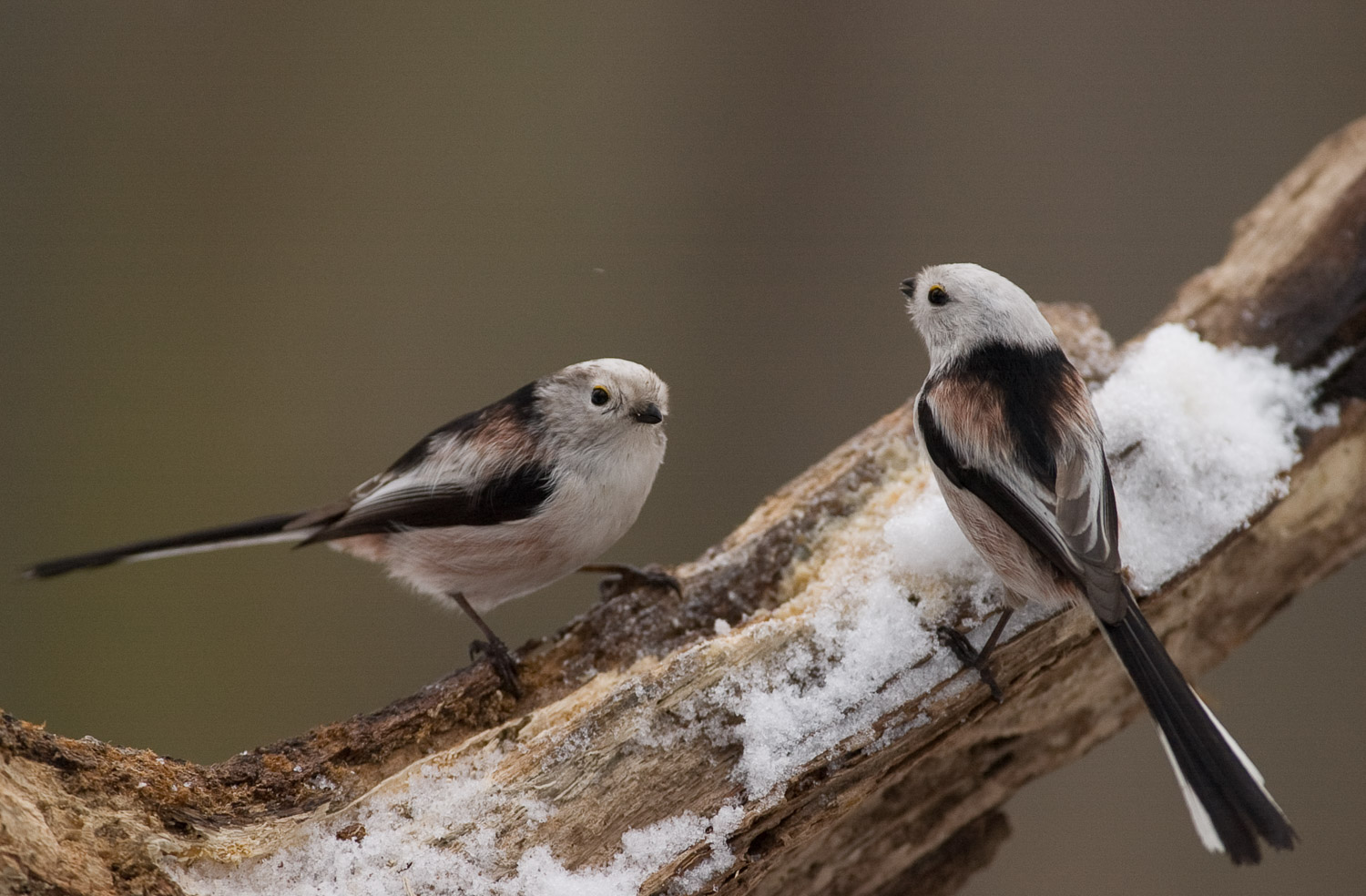 NIKON D1 (420mm, f/4, 1/500 sec, ISO400)
NIKON D1 (420mm, f/4, 1/500 sec, ISO400)
 NIKON D1 (420mm, f/5.6, 1/640 sec, ISO200)
NIKON D1 (420mm, f/5.6, 1/640 sec, ISO200)
 NIKON D1 (300mm, f/4.8, 1/1600 sec, ISO200)
NIKON D1 (300mm, f/4.8, 1/1600 sec, ISO200)
 NIKON D200 (420mm, f/4, 1/350 sec, ISO200)
NIKON D200 (420mm, f/4, 1/350 sec, ISO200)
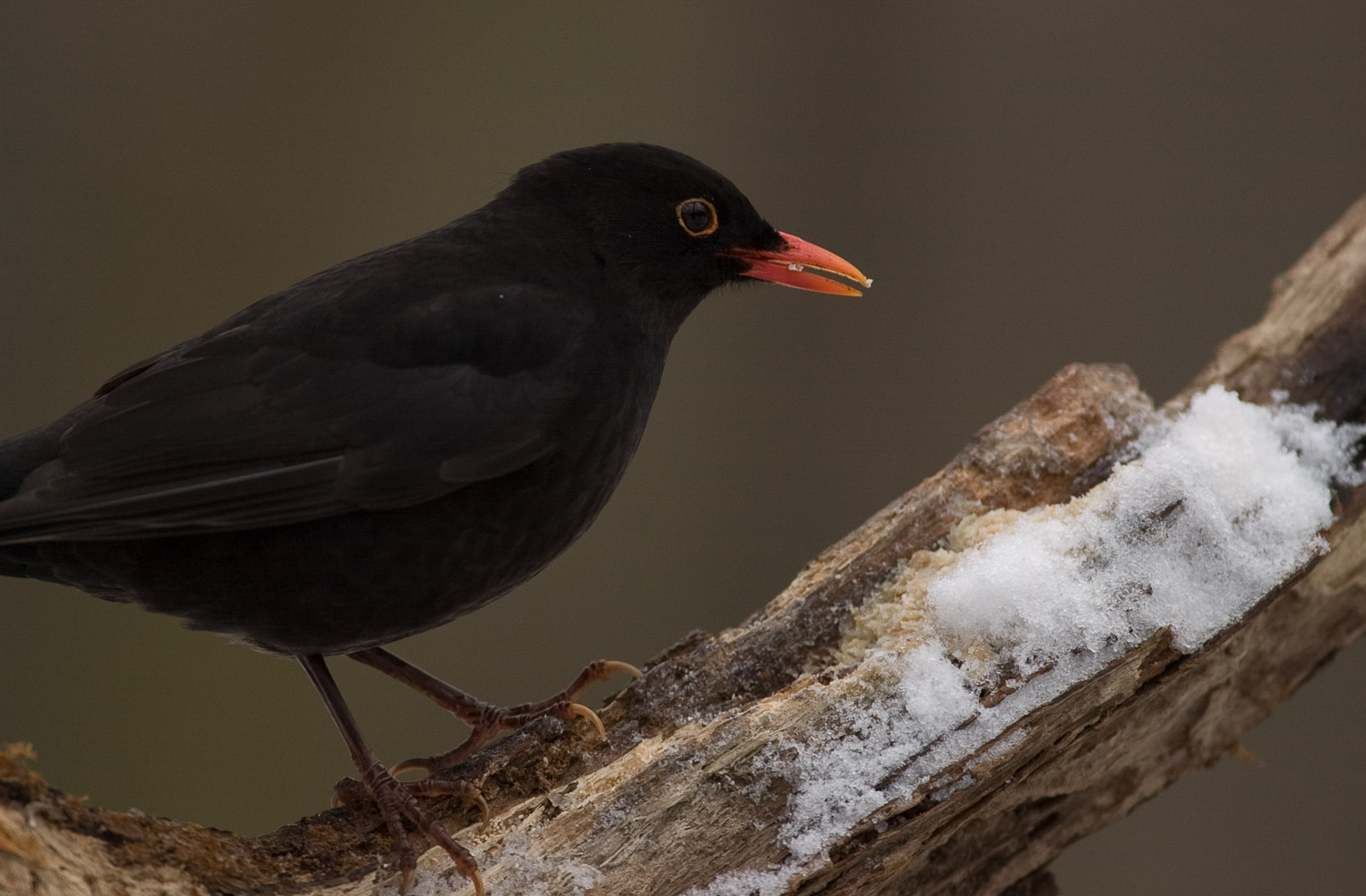 NIKON D1 (420mm, f/4, 1/500 sec, ISO400)
NIKON D1 (420mm, f/4, 1/500 sec, ISO400)
Back then the Nikon D1 was a great digital DSLR with a professional AF, a blazing fast 5 frames per second and a resolution of 2,7MP. Of course by todays standards that is ridiculous. The upcoming Nikon Z9 will have 45MP and 30 frames per second and will deliver perfectly fine results at ISO 6.400. Would I have loved to have such a camera in 2002? Hell, yes but would my pictures look very different? I don’t think so.
I might have used a not so powerful camera but for all those images I used a very powerful lens. I bought a Nikon AF-S 2.8/300 ED second hand to replace my Nikon 80-400VR and that dramatically changed the quality of my images. First of all its optical quality was outstanding, even with the 1,4 teleconverter it was much sharper wide open than the 80-400 stopped down. And of course it helped with busy backgrounds especially if my subject was close.
 NIKON D1 (420mm, f/6.7, 1/1600 sec, ISO200)
NIKON D1 (420mm, f/6.7, 1/1600 sec, ISO200)
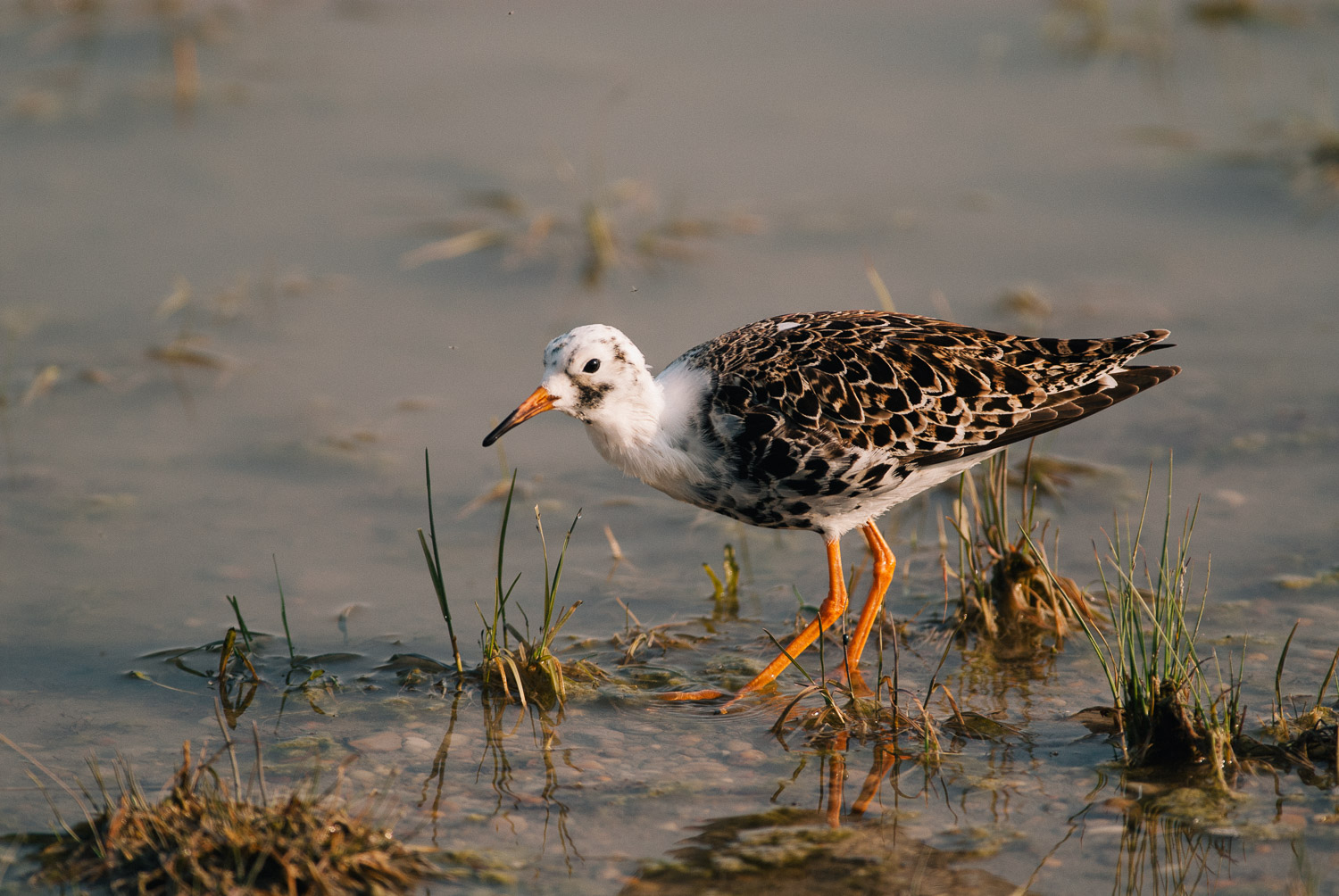 NIKON D200 (420mm, f/4, 1/1500 sec, ISO200)
NIKON D200 (420mm, f/4, 1/1500 sec, ISO200)
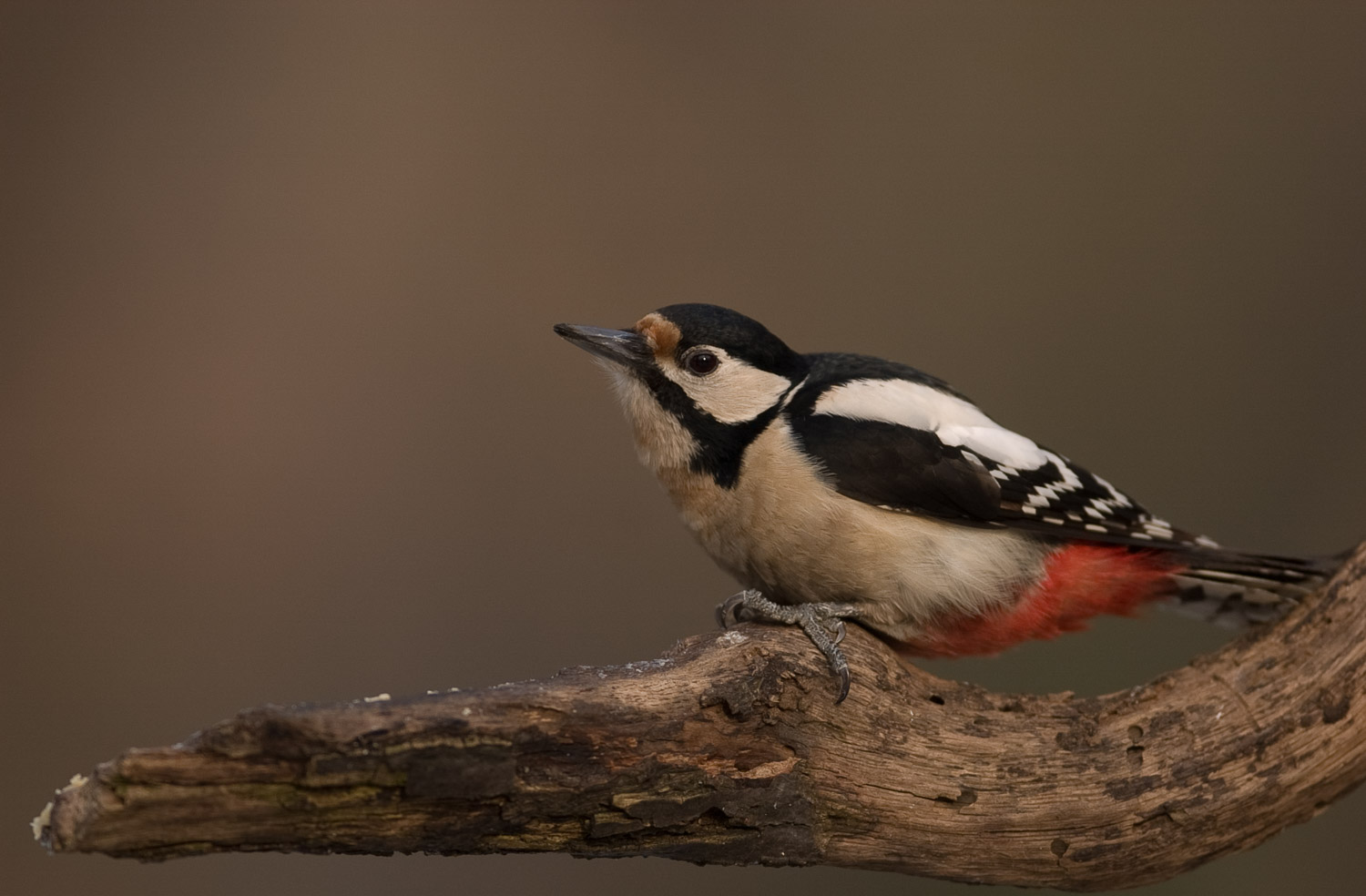 NIKON D1 (300mm, f/2.8, 1/750 sec, ISO200)
NIKON D1 (300mm, f/2.8, 1/750 sec, ISO200)
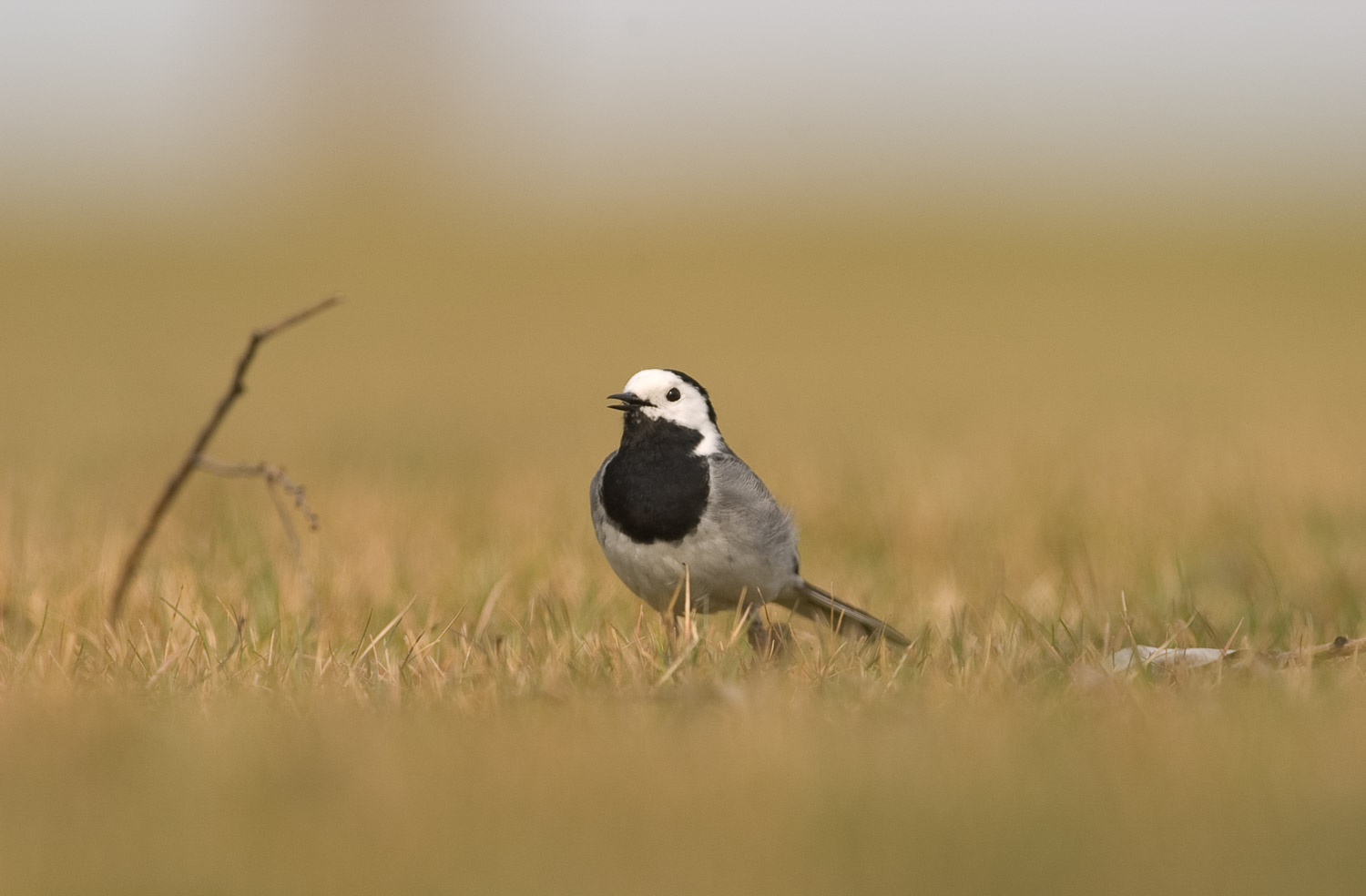 NIKON D1 (420mm, f/5.6, 1/800 sec, ISO200)
NIKON D1 (420mm, f/5.6, 1/800 sec, ISO200)
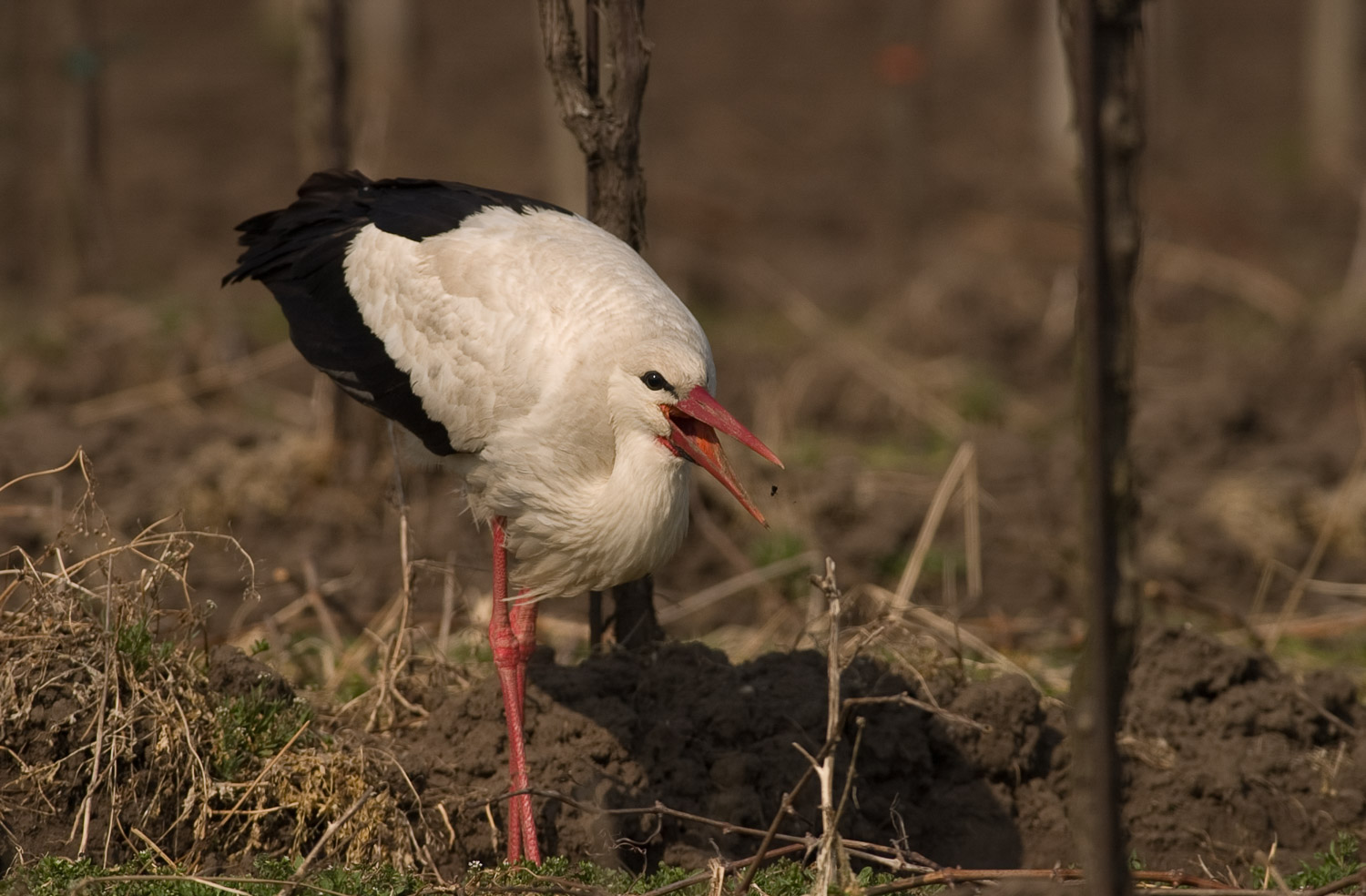 NIKON D1 (420mm, f/5.6, 1/2000 sec, ISO200)
NIKON D1 (420mm, f/5.6, 1/2000 sec, ISO200)
The Nikon AF-S 2.8/300 ED had a weight of 3,1kg, my Nikon D1 was about 1,2kg so the total setup including the converter was around 4,5kg. It didn’t matter that neither the lens nor the sensor in the camera wasn’t stabilised. This wasn’t a handheld setup anyway.
I used to shoot either from a massive Gitzo tripod, a car window tripod or a beanbag which helped a lot with the framing. And I usually never used the AF because it was a joy to manually focus this lens on its massive focus ring and to see my subject pop into focus. My camera was in full manual mode too most of the time. I used to shoot at the lowest possible ISO setting and tried to keep shutter speed at 1/500s or shorter if possible. I also turn off Auto-WB and used the cloudy preset instead.
Of course 300mm is not a very long lens. But with the converter and the APS-C sensor it was the equivalent of over 600mm. And I happily traded some reach for lens speed. Even with todays sensors I still would prefer to shoot with a faster lens.
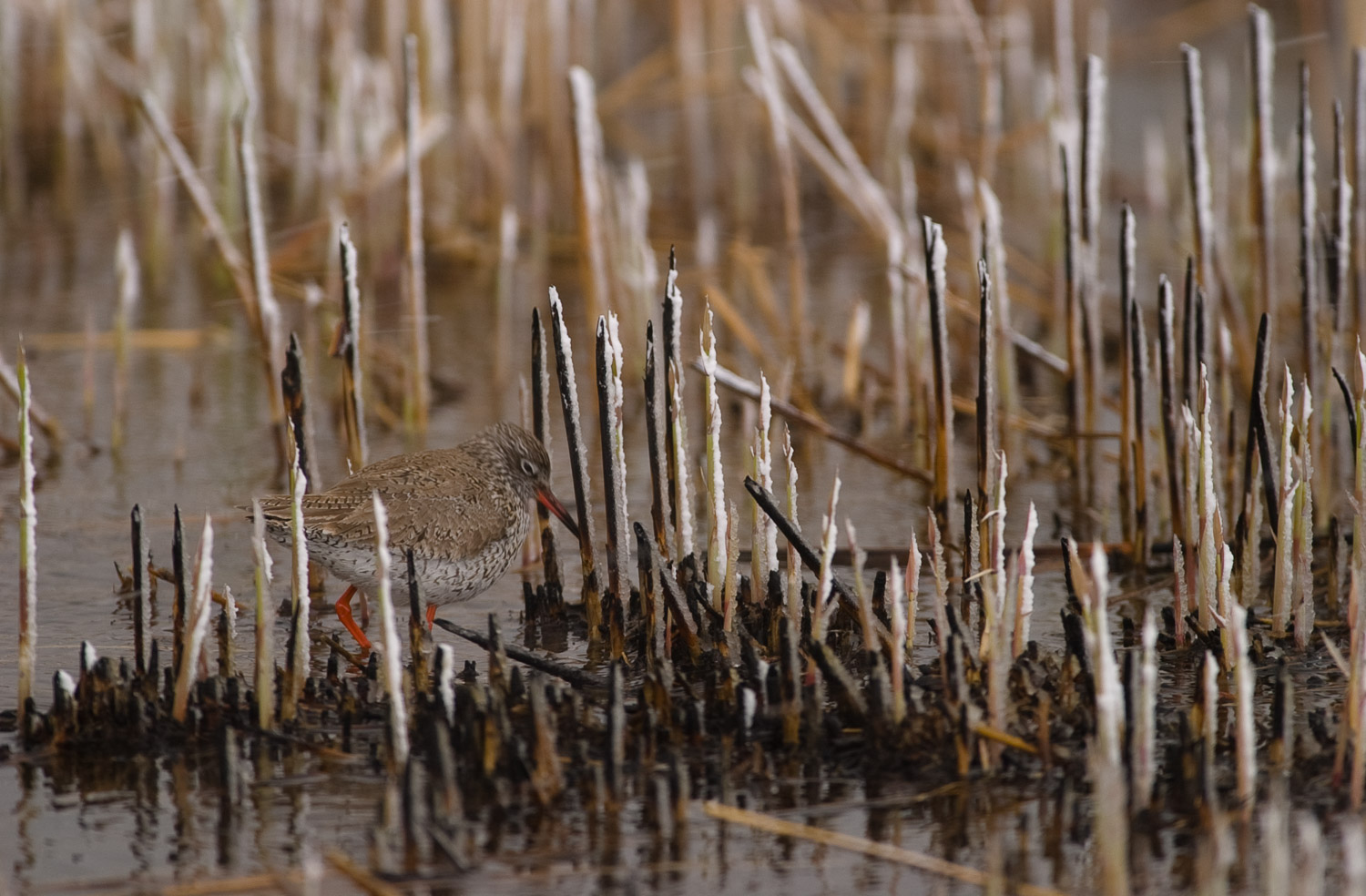 NIKON D1 (420mm, f/4, 1/250 sec, ISO200)
NIKON D1 (420mm, f/4, 1/250 sec, ISO200)
 NIKON D1 (300mm, f/2.8, 1/500 sec, ISO200)
NIKON D1 (300mm, f/2.8, 1/500 sec, ISO200)
 NIKON D1 (300mm, f/2.8, 1/500 sec, ISO200)
NIKON D1 (300mm, f/2.8, 1/500 sec, ISO200)
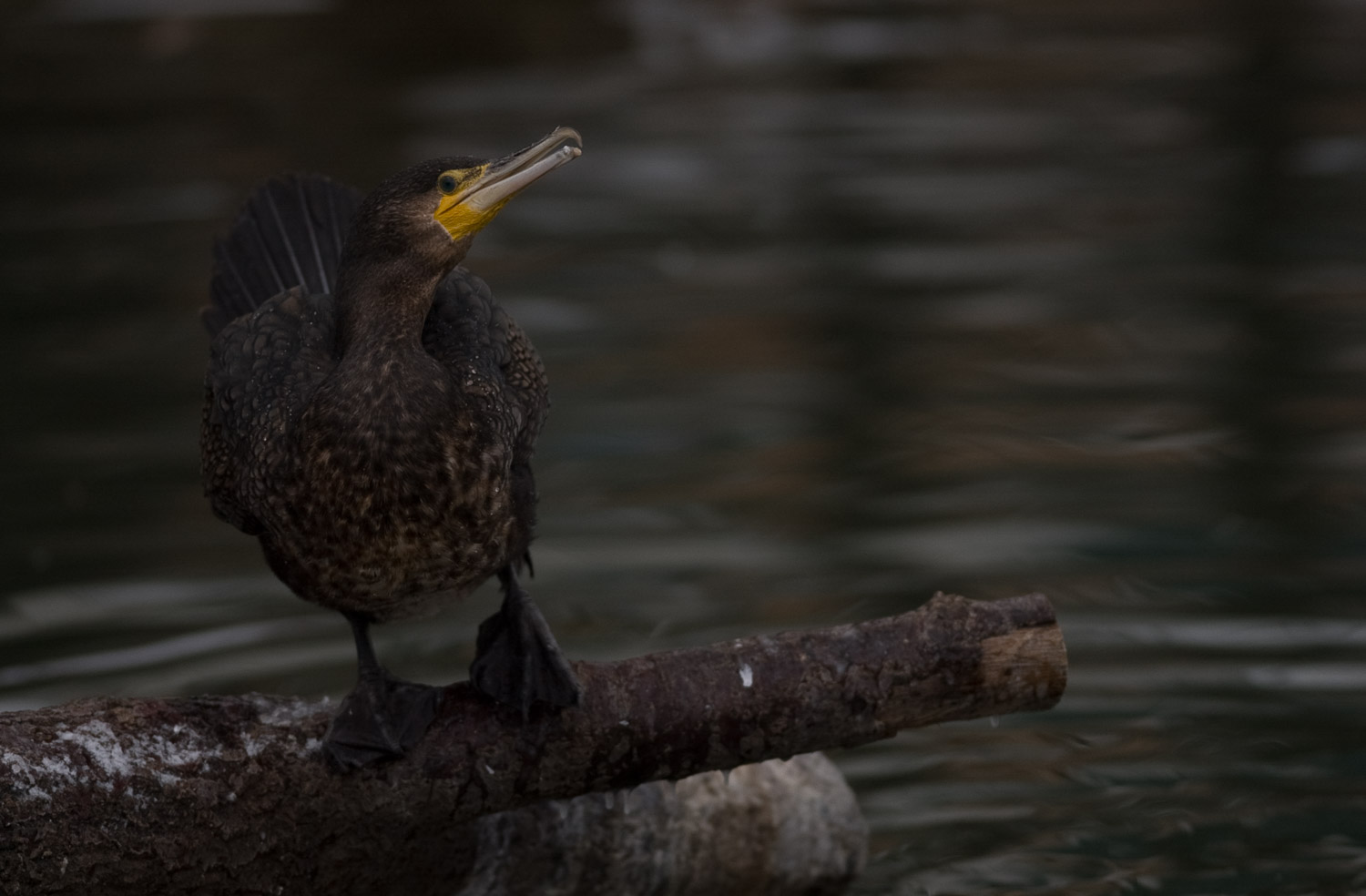 NIKON D1 (300mm, f/2.8, 1/750 sec, ISO200)
NIKON D1 (300mm, f/2.8, 1/750 sec, ISO200)
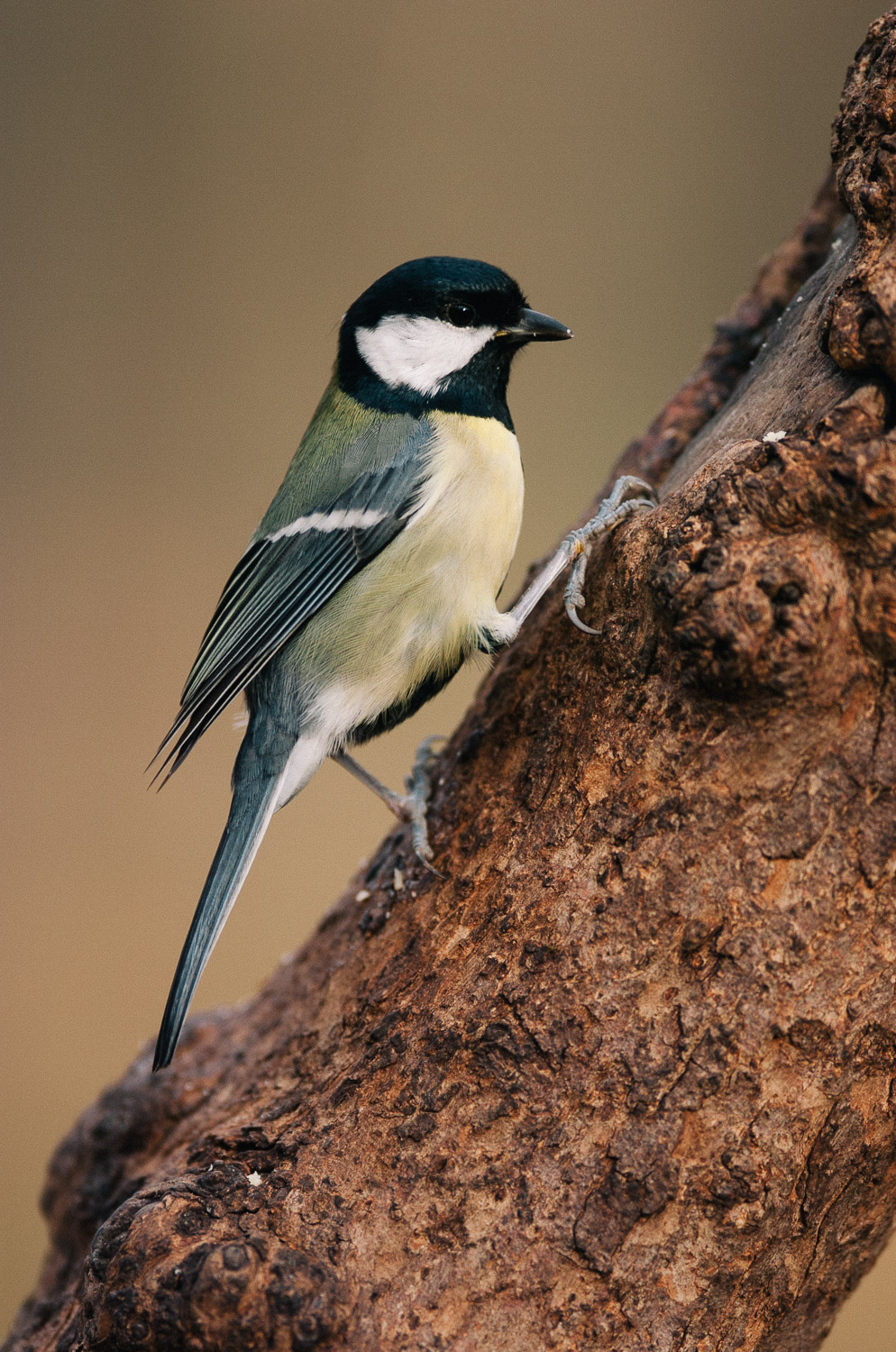 NIKON D2H (300mm, f/2.8, 1/500 sec, ISO200)
NIKON D2H (300mm, f/2.8, 1/500 sec, ISO200)
There is one more thing that most images here have in common. They are shot in perfect light. Mostly I shot early morning which meant that I left home when it was still dark to get to my location before sunrise. Light, location and lens those are the most important things in photography.
Today I’m no longer into bird photography. I don’t have the time but most of all I don’t have the patience anymore. But if I would get into bird photography again this is what I would do.
I would try to get a nice 300/2.8 second hand. Even with the new sensors and their crazy good high ISO image quality there is still no substitute for a fast aperture. It helps with subject isolation which helps do deal with busy backgrounds. Most likely the lens would be either a Canon or Nikon lens because there are so many of those lenses available from Canon or Nikon in the second hand market. Depending on the lens I would either get a Canon D90 or a Nikon D500 or a Z50 plus adapter. As simply as that.
I love Fuji but beside the 200/2 there is no tele photo and this lens is too short and too expensive and most of all it simply is not available second hand. Same story for the tele lenses from Sony. When it comes to bird- and wildlife photography on a budget the best way is to buy second hand. And if you want to buy second hand the only real options are Canon or Nikon.
I don’t think that I become an amateur bird photographer again but maybe when I retire from my job. I still kept my tripods so I only need to find a 300/2.8 in good condition.
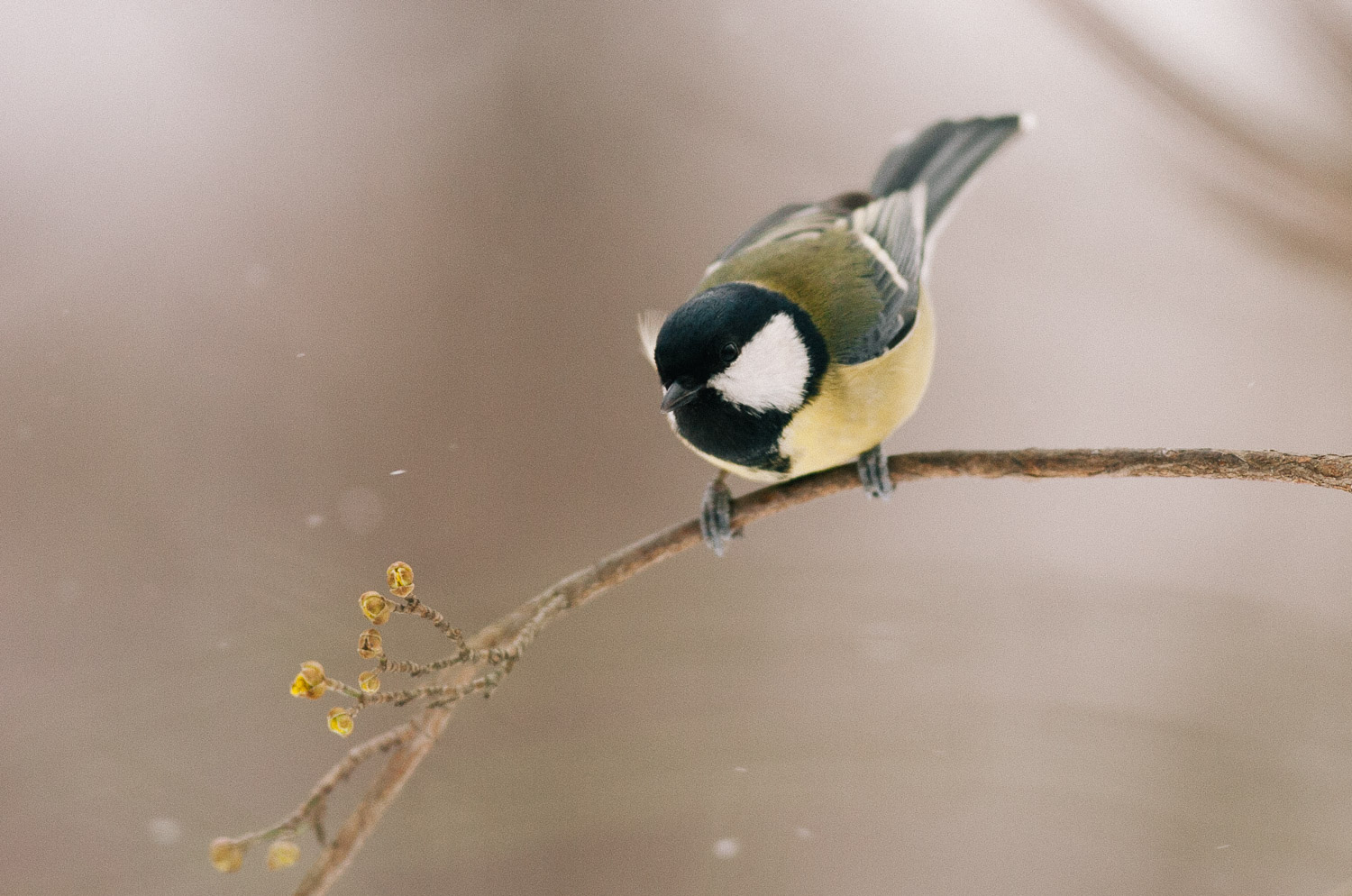 NIKON D2H (300mm, f/4, 1/500 sec, ISO320)
NIKON D2H (300mm, f/4, 1/500 sec, ISO320)
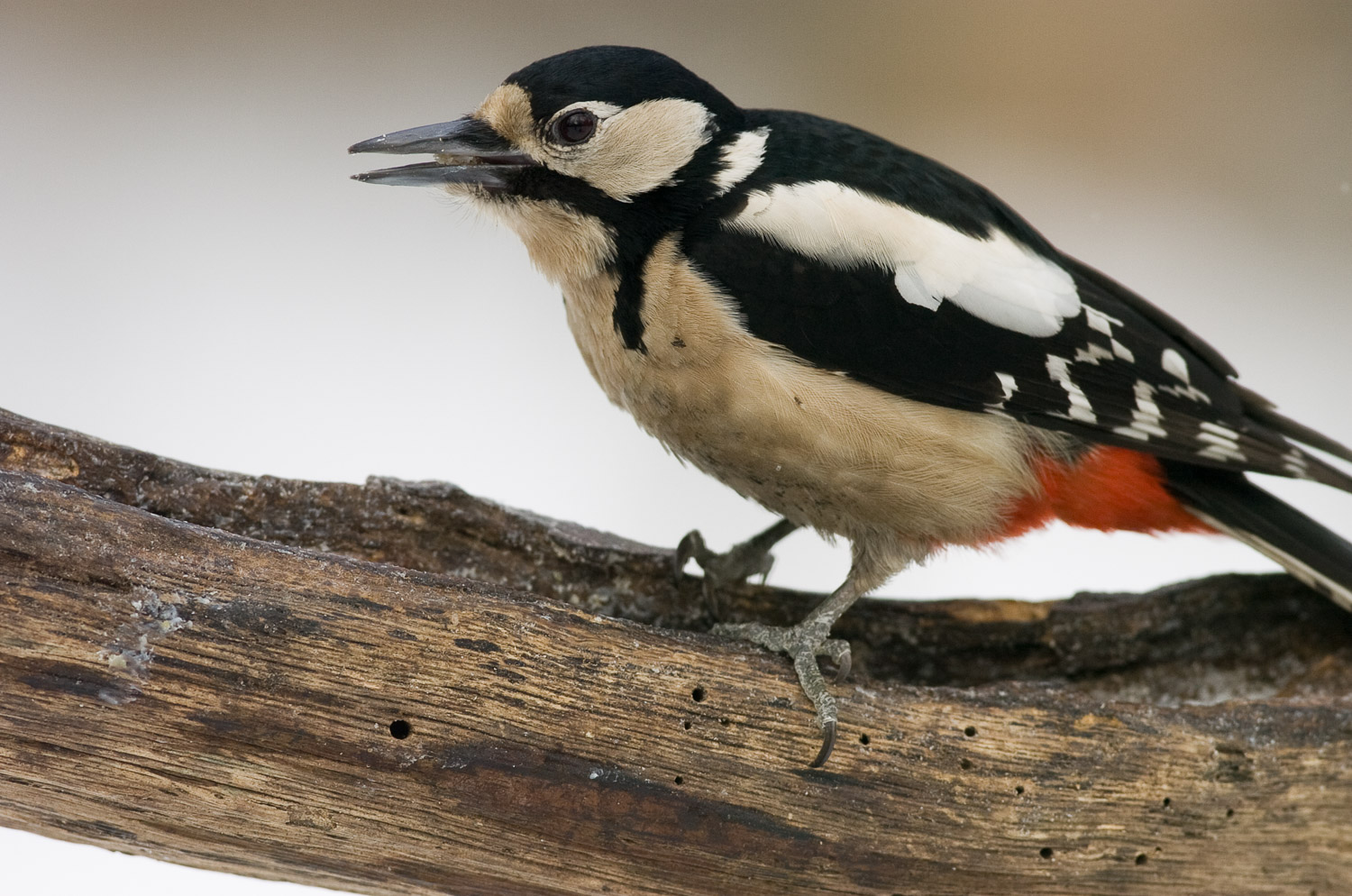 NIKON D2H (300mm, f/5.6, 1/500 sec, ISO200)
NIKON D2H (300mm, f/5.6, 1/500 sec, ISO200)
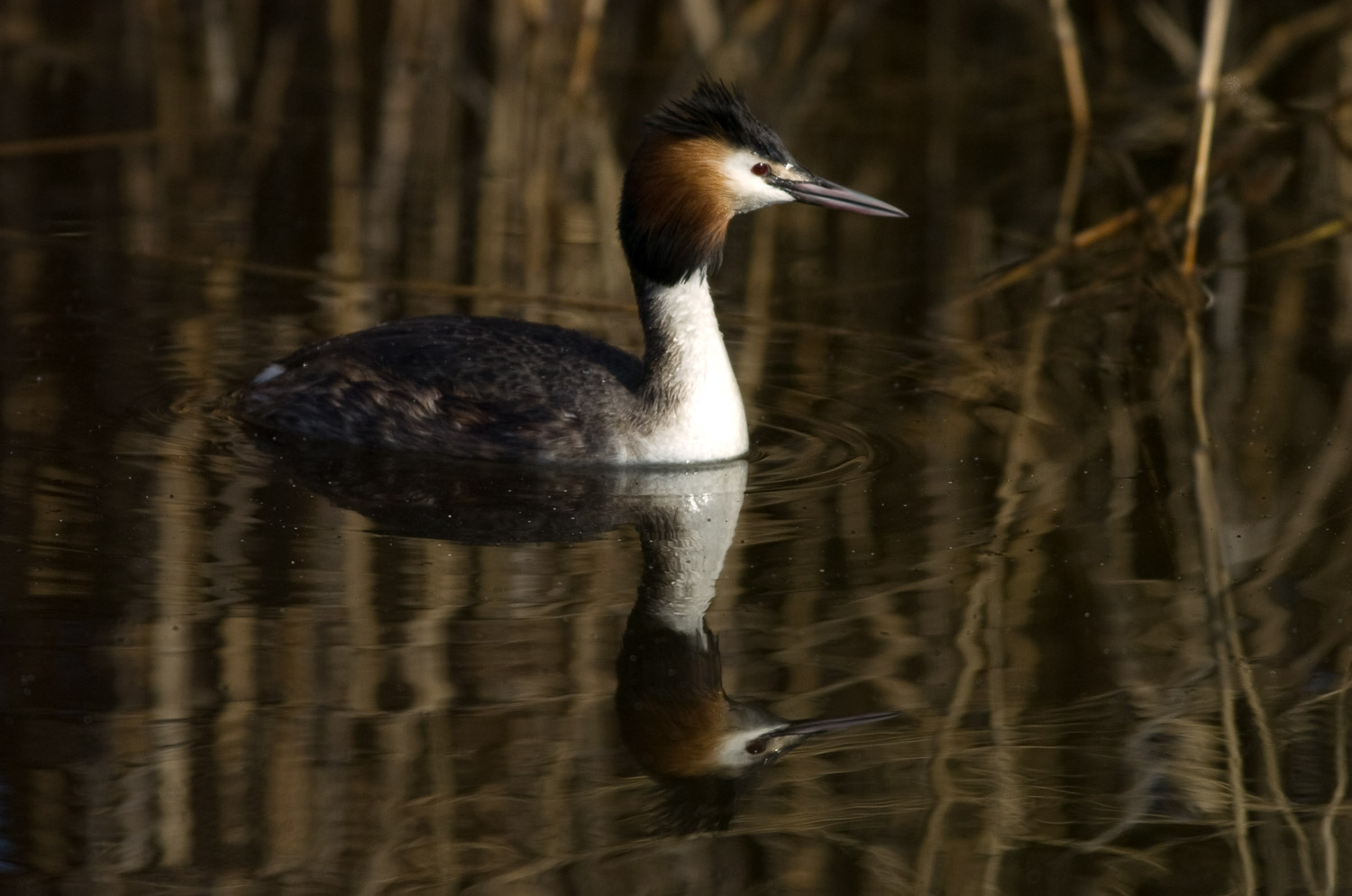 NIKON D2H (420mm, f/4.5, 1/2000 sec, ISO200)
NIKON D2H (420mm, f/4.5, 1/2000 sec, ISO200)
So no need to worry. This will remain a travel photography website. I just love to travel and I’m positive that I will be able to get back to Asia or the USA again when this virus is finally defeated.
Until then I will look back to past trips and also to the early days of my digital photography.

